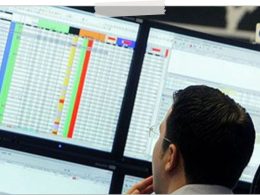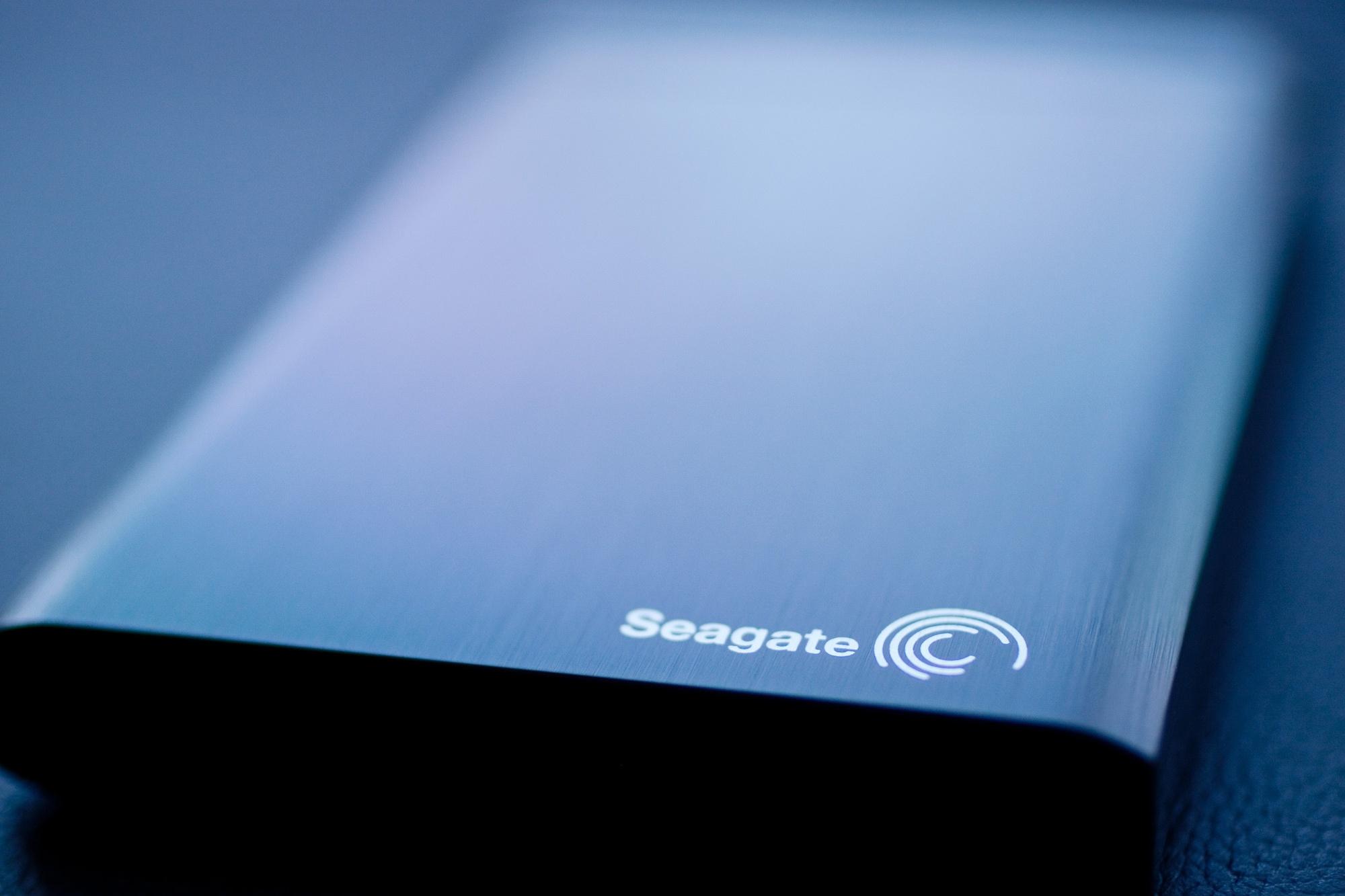Touch of Grey: Market Takes a Breather
Liz Ann Sonders
Senior Vice President, Chief Investment Strategist, Charles Schwab & Co., Inc.
November 15, 2010
Key points
- Will last week's correction prove limited or is it a sign of more to come?
- The market's "breadth thrust" and improving economic fundamentals suggest a shallow correction.
- Investors, however, should be mindful of the warnings of excessive optimism.
As readers know, we've been optimistic for some time and it's been rewarded with an 81% advance in the S&P 500® index from the trough in March 2009 to the peak prior to last week's weakness. As we discussed in April when sentiment (a contrarian indicator) became a tad frothy and the market began a 16% correction through July, we have again been highlighting the recently heightened level of optimism.
When sentiment begins to show excess optimism, it often sets the stage for disappointment. The triggers for last week's weakness were the post-QE2 (second round of quantitative easing) hangover (I wrote about our concerns in my most recent Market Insight posting); sovereign debt concerns in Europe, notably Ireland; and China's tightening of monetary policy (see the latest Schwab Market Perspective for more details on the last two).
Crowd sentiment gets frothy
The sentiment index I show most often is Ned Davis Research's (NDR) Crowd Sentiment Poll. It is a composite reading which is based on seven different sentiment indicators, representing the psychology of a broad array of investors. The indicators are based on ratios of relative bullishness or bearishness among different categories of investors, including data from:
- Investors Intelligence: surveys of stock market newsletter writers.
- American Association of Individual Investors: surveys of market expectations among individual investors.
- CBOE put/call ratios: ratios of the volume of call options to total options traded on the Chicago Board Options Exchange.
- Rydex fund assets: ratio of assets invested in bullish market timing Rydex funds to total assets in bullish-plus-bearish Rydex funds.
- MBH Commodity Advisors Daily Sentiment Index for the S&P 500: surveys of nonprofessional retail traders.
- Other surveys of investors and traders.
As you can see in the chart below, this index recently moved back into the "extreme optimism" zone, though not quite to the extent seen in April.
Sentiment Too Optimistic?
Click to enlarge
Source: Ned Davis Research, Inc. (NDR), as of November 9, 2010.
In the accompanying table below, you can see that the best performance runs for the stock market tend to come during periods of heightened pessimism. Given the correction we saw last week, it would be nice to see a bit of skepticism come back into the picture. As we've noted in the Schwab Market Perspective, a brief corrective phase would be a healthy reprieve for the market.
| NDR Crowd Sentiment Poll | S&P 500 annualized gain |
| > 62 | -0.7% |
| 56-62 | 5.1% |
| < 56 | 9.5% |
Source: NDR, as of December 1, 1995-November 9, 2010.
Dumb money too confident?
Another of my favorite sentiment indexes was created by SentimenTrader.com. It measures the spread between "smart money" and "dumb money" confidence. Generally, you want to follow the smart-money traders: SentimenTrader.com also calls that measure the "buy confidence" indicator.
Examples of some smart-money indicators include the OEX put/call and open interest ratios (showing what professional investors are doing), commercial hedger positions in the equity index futures, and the current relationship between stock and bond market action.
In contrast to the smart money, you want to do the opposite of what the dumb money is doing: SentimenTrader.com also calls that measure the "sell confidence" indicator. Examples of some dumb-money indicators include the equity-only put/call ratio, the flow into and out of the Rydex series of index mutual funds, and small speculators in equity index futures contracts.











